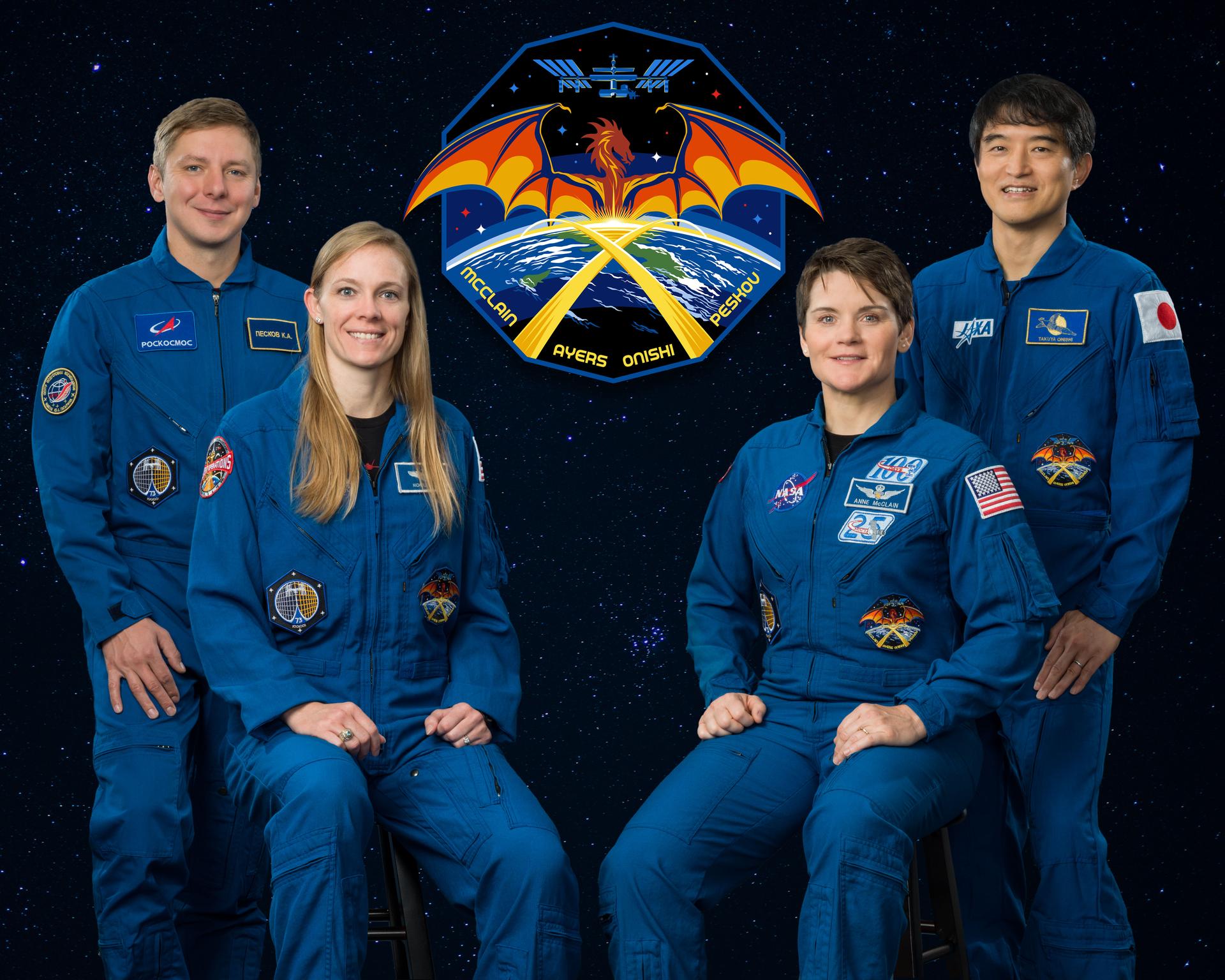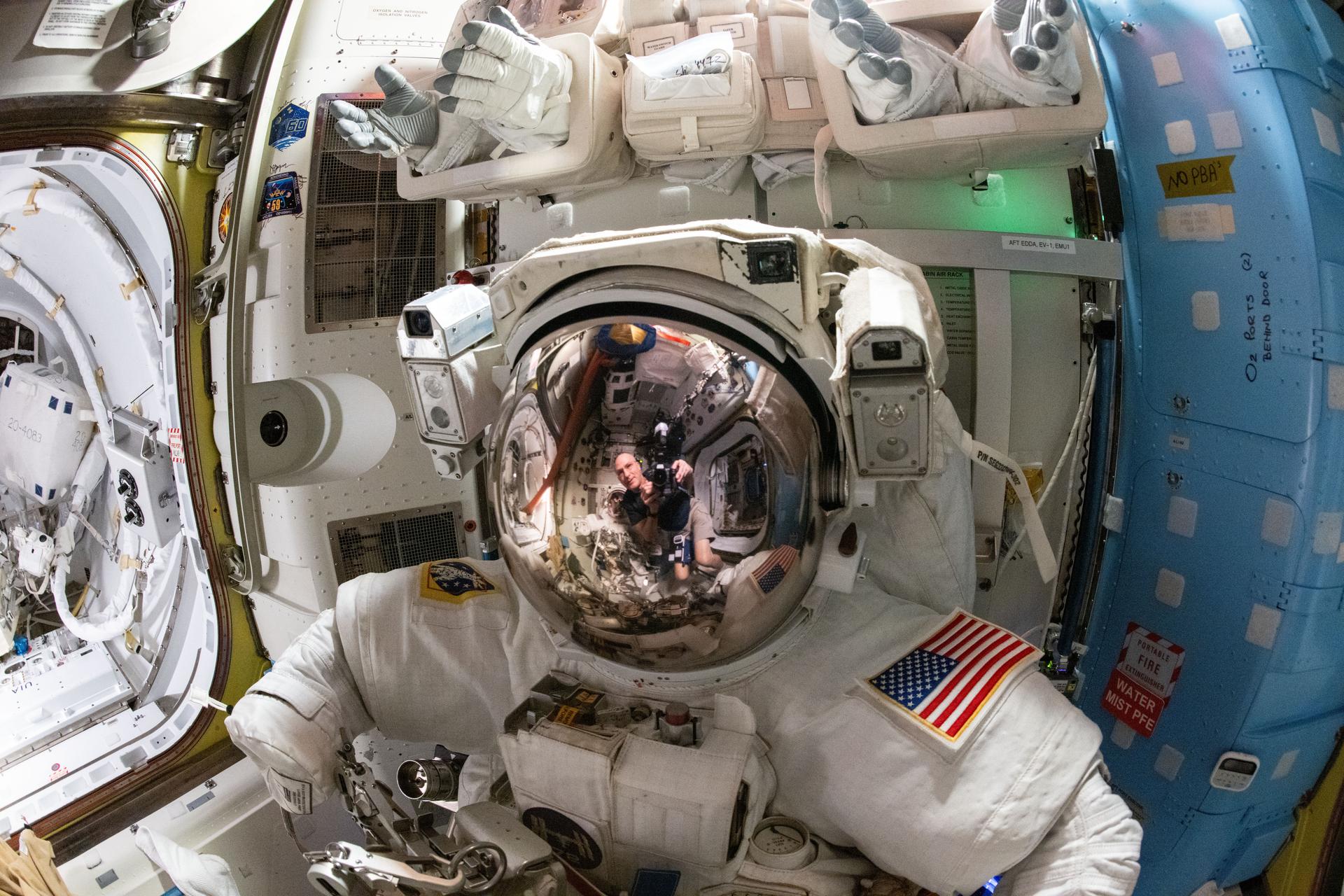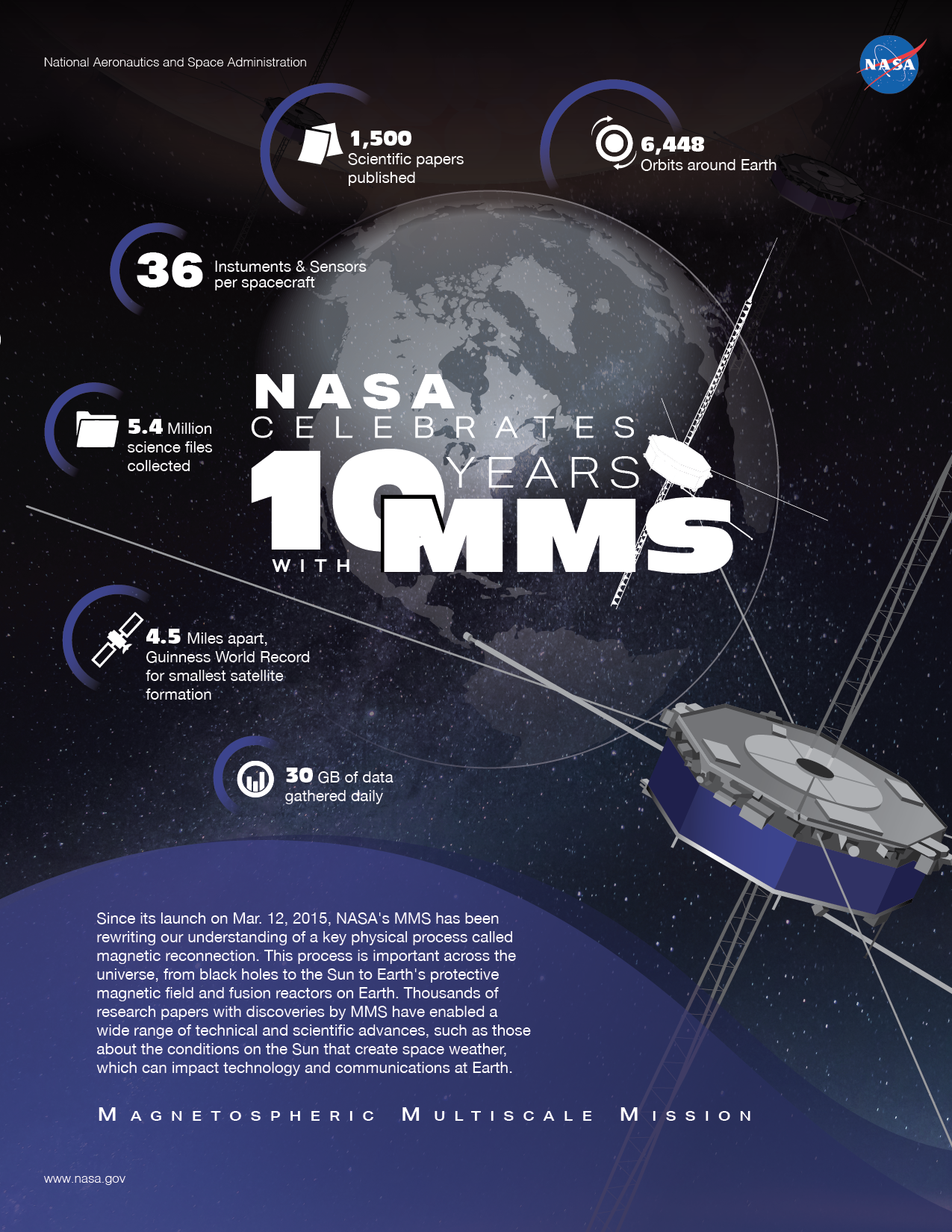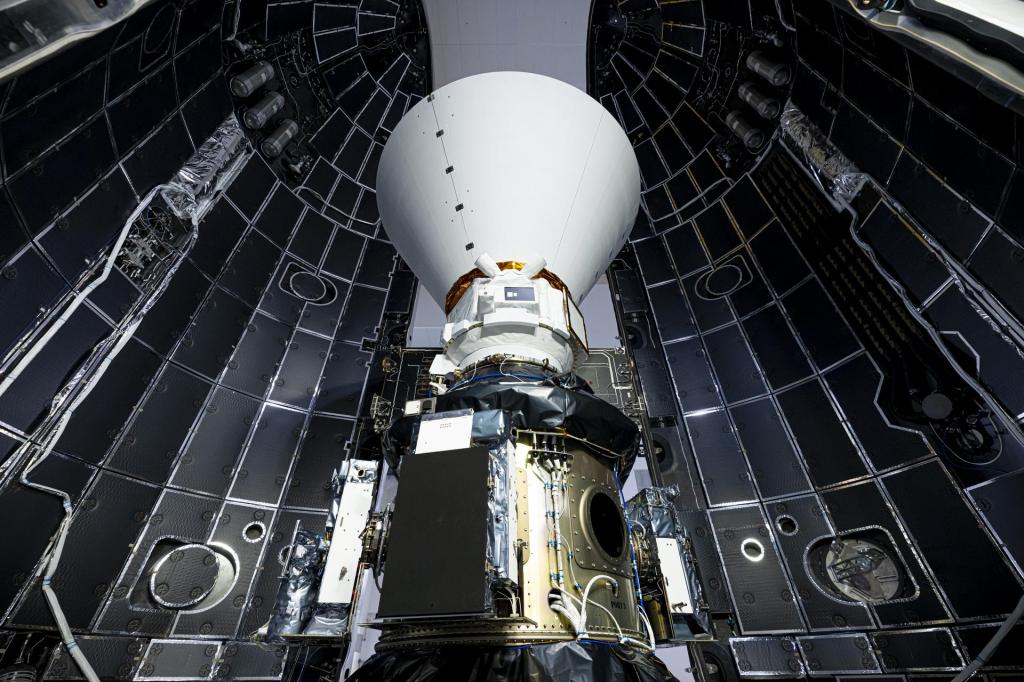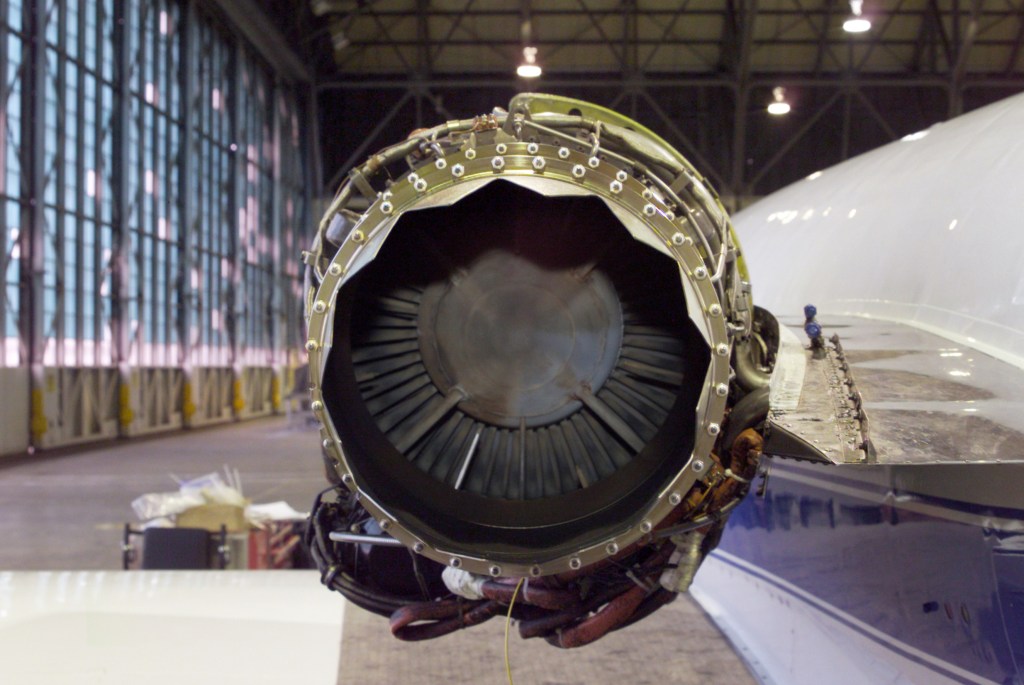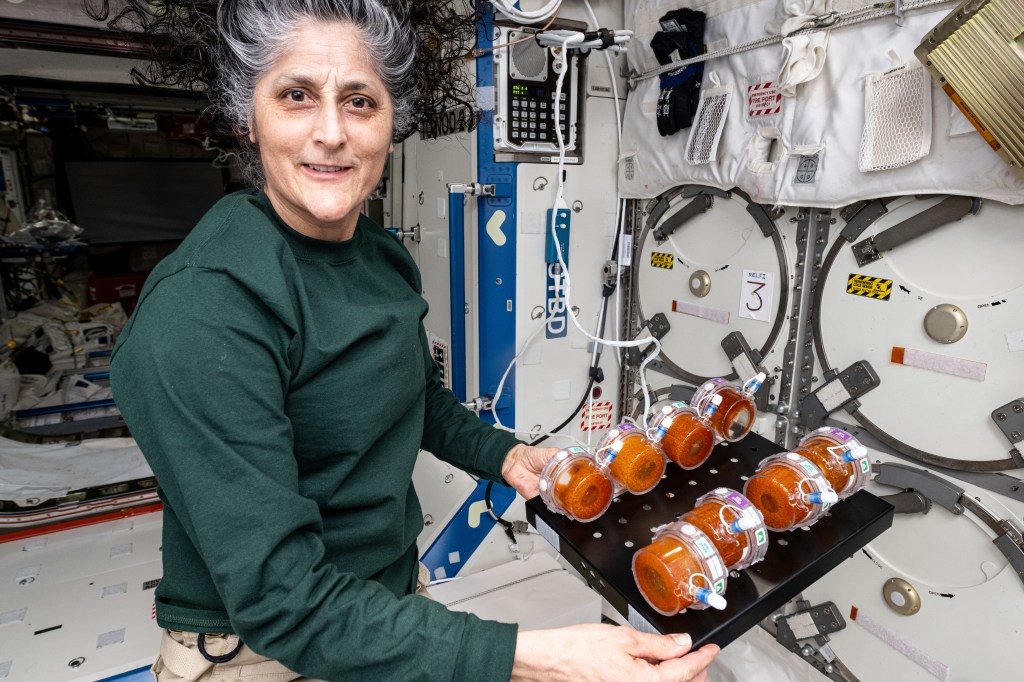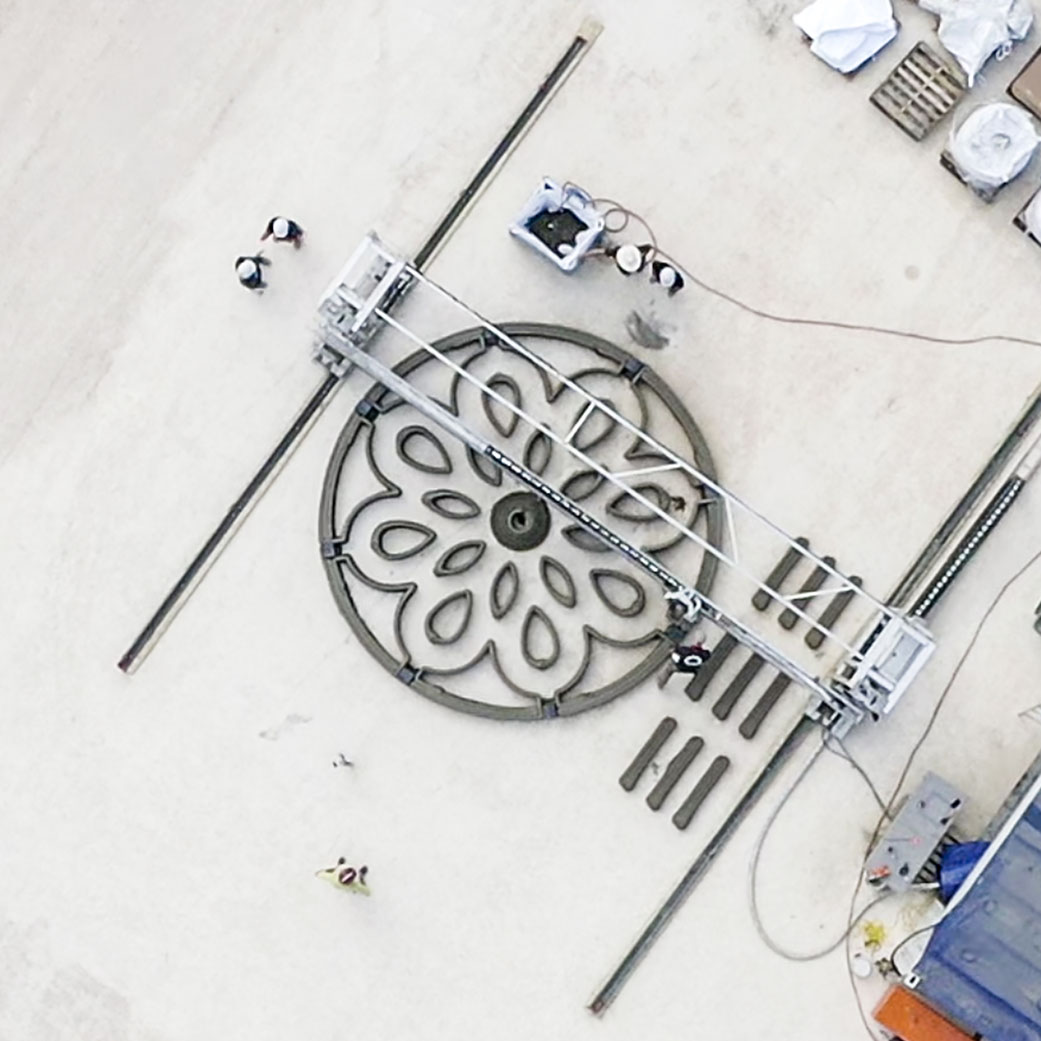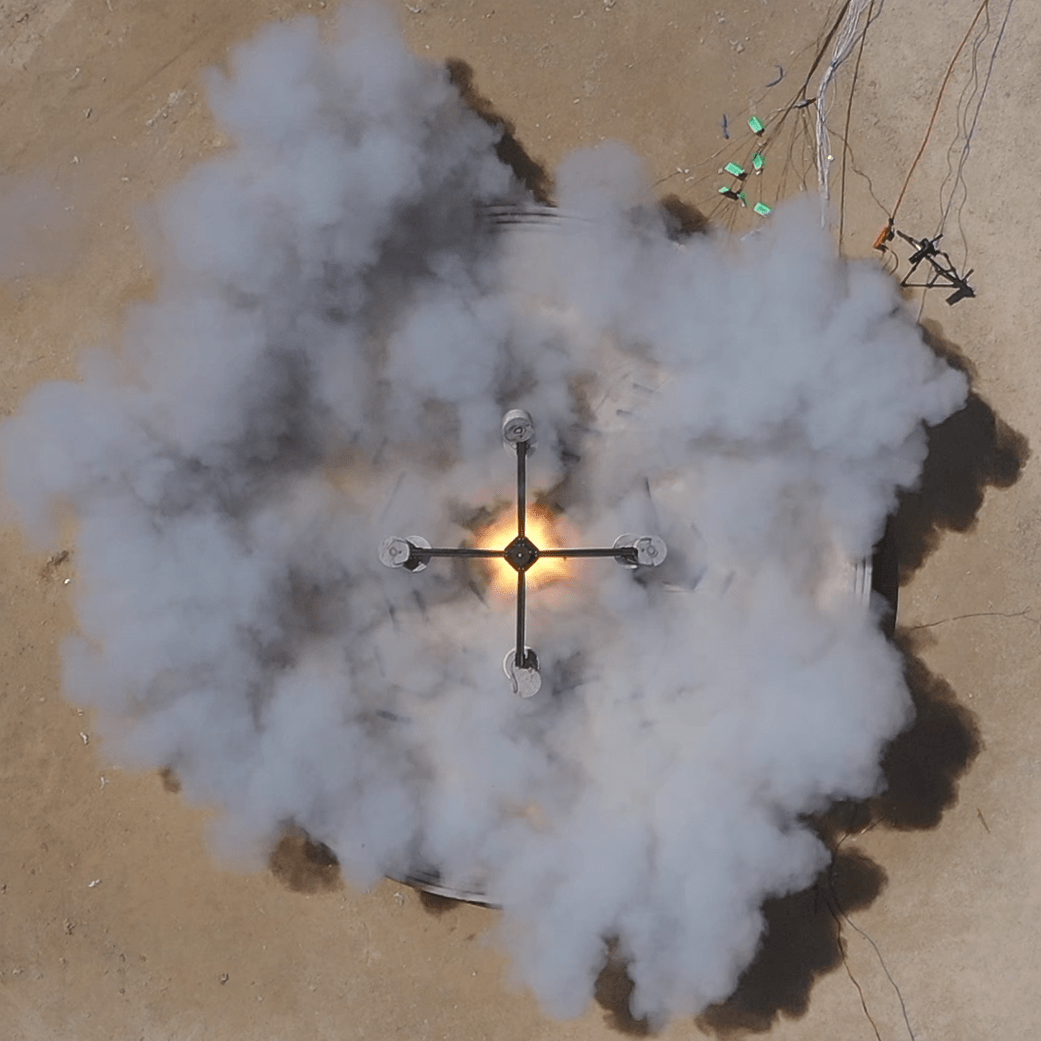A team of students from colleges and universities across the United States – members of the Artemis Generation – tested a 3D printed launch and landing pad to see how it holds up to a hot rocket engine March 6 at Camp Swift in Bastrop, Texas. The students’ design concept – called the Lunar Plume Alleviation Device, or Lunar PAD – aims to solve problems caused by lunar dust kicked up during launches and landings.
The students first proposed the new design for a competitive proposal writing workshop led by the Office of the Chief Technologist at NASA’s Marshall Space Flight Center in Huntsville, Alabama, and the L’SPACE Academy – the student collaboration project for NASA’s Lucy mission at Arizona State University in Tempe. The team won funding to print and test a small-scale prototype with help from NASA’s Moon-to-Mars Planetary Autonomous Construction Technologies (MMPACT) project, Austin-based construction technologies startup ICON, and the Sounding Rocketry Team at Texas A&M University in College Station.
Artemis is NASA’s robotic and human return to the Moon. Inspiring the next generation of explorers – the Artemis Generation – ensures America will continue to lead in space exploration and discovery. MMPACT is funded by NASA’s Game Changing Development Program.




